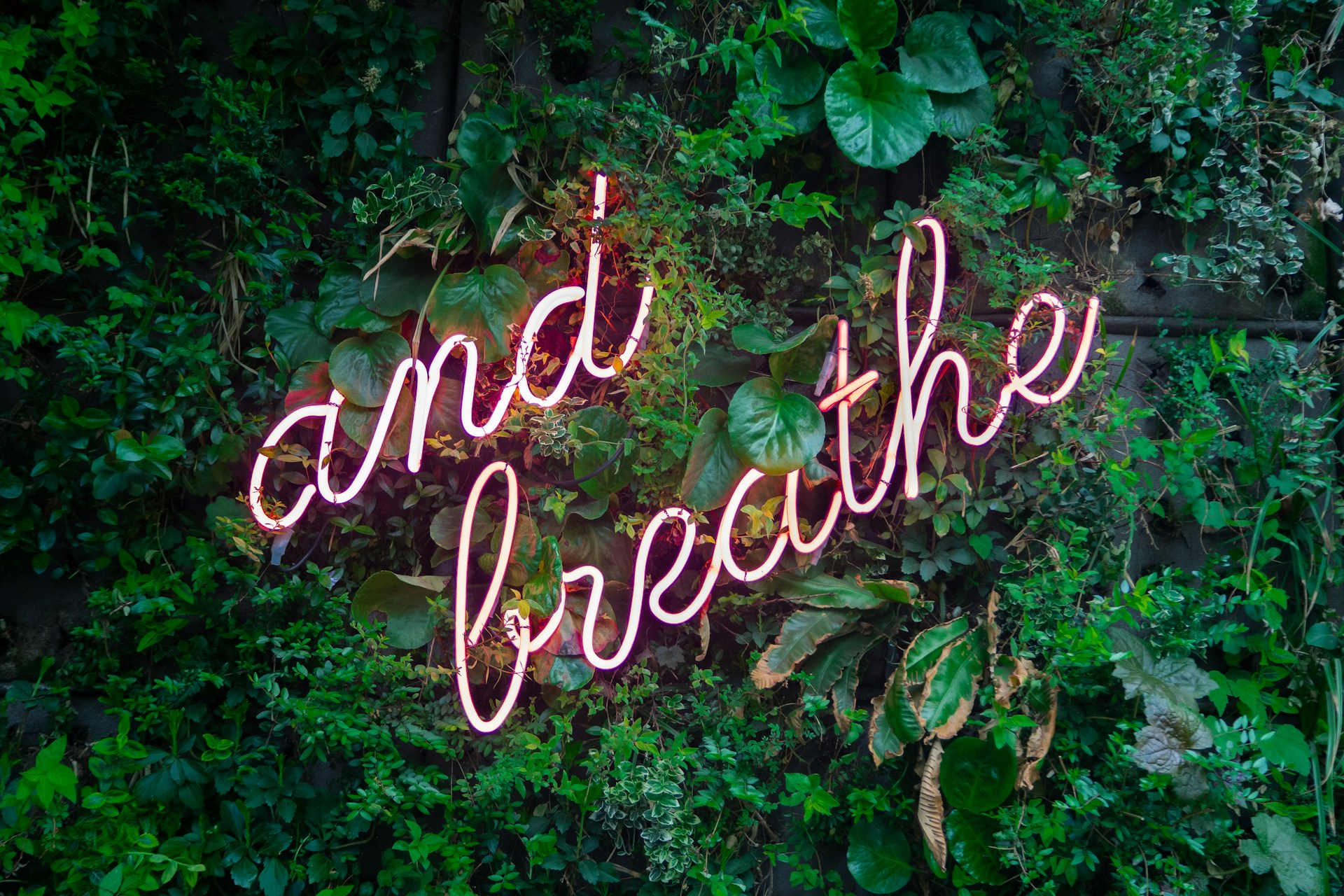When mapping out the content for this platform in early 2020, there was little indication of how prescient the topic of design for wellbeing would become. In a world grappling with a pandemic, where ‘being well’ is not a given for any of us, a deep and comprehensive understanding of the role the built environment plays in physical and mental health is no longer a nice idea: it is a crucial consideration for the future of our cities. Inequalities in the built environment have real consequences on mortality and quality of life; building health equity through the design of public space has equally real and positive effects on entire populations.
At the Centre for Conscious Design (CCD), there has been a keen focus on the impact of urbanism on humans for some time. Established by director Itai Palti and neuroscientist Moshe Bar in 2015 with the publication of their manifesto for conscious cities, the Conscious Cities movement imagines a way of designing cities which ‘respond’ to the needs and behaviours of their people. Skeptical of technocracy but excited by the potentials of innovations that allow us to better quantify human perception and environmental cognitive impacts, the conscious cities movement uses science-informed insights and a variety of metrics to build environments and infrastructures which favour positive outcomes for mental and physical health, early years and aging, social cohesion and more.
What is design for wellbeing?
Wellbeing, with over 7M hashtags on Instagram, may seem at a glance to be the corporate world’s answer to “self-care”. The recent trending of the term belies a rich history of thought on human wellbeing. Hedonist theory defined wellness as the presence of pleasure and the absence of pain, generally with a clause not to cause harm to others in the pursuit of pleasure. This differs from the commonly prescribed definition which focuses on health and homeostasis. The informed desire-fulfilment theory, also known as a preference-satisfaction theory, suggests that wellness is achieved when a person fulfils desires that are informed by a robust knowledge of self and situation. It’s exactly like Mick Jagger said: you can’t always get what you want, but if you try sometimes, you can get what you need (to maintain a state of mental and physical equilibrium).
This is not another Juice Cleanse. This is a revolution.
How to design cities for wellbeing
Design for well-being is a solutions-based approach to the built environment which acknowledges architecture and urban design that, directly or indirectly, impacts the occupants of many spaces in a negative way and vows to do better. No architect intentionally designs to foster loneliness, but an awareness of the impacts of spatial, sensory and cognitive determinants of social isolation creates the opportunity to implement pro-social design strategies in their next apartment lobby or city square. For example, some studies show working and living around high-rises are negative for mental health, leading to loneliness and depression. On the other hand, studies also show us that increasing green spaces and public parks increases happiness while decreasing loneliness. By taking advantage of scientific and community based insights, we can design spaces and cities that promote rather than detract from wellbeing.
People have many different sensory and spatial comfort zones, so there is no one-size-fits-all solution for spatial design that will make everybody feel their best. Environmental psychology, neuroscience, and life science research, using biometric technologies and a user-based approach, are getting closer to finding the ranges of environmental factors in which most people feel positive effects in different typologies of space.
Current Strategies
Different foundations and companies have developed ways to integrate health into the built environment, from urban planning to interior design. We will explore the ins and outs of these frameworks, as well as the history of the architectural framework, in upcoming series FrameWorks. Without frameworks that are accessible to designers, wellness is caught in the realm of rhetoric, unable to make a meaningful impact. It is our dream to democratize information across disciplines, putting the work of the environmental psychologist and behavioral scientist in conversation with the work of the urbanist and architect. By translating insights across fields and curating a think tank of experts and community leaders, we aim to spark the movement to make all design, ‘design for wellbeing.’
What’s Next?
While it is our civic responsibility to design public spaces that contribute to every city dweller’s wellbeing, it is also highly profitable for employers and municipalities.
It is positive to see the changes in corporate culture after decades of employees wearing punishingly long workdays as badges of merit, but think of the reduction in medical bills, governmental support for mental health and addictions resources, suicide rates, if these strateggies were levelled at the general public rather than just those working in select offices.By enhancing workers’ physical and mental wellness, employees will use fewer sick days, perform better, and have higher job satisfaction (reducing turnover). In addition, a happier and healthier population reduces health bills and use of government resources in a given area. By embracing the power of design, we have the unique opportunity to recreate a society that combatts social, mental, and physical ill’s before they fully grasp society. Design allows us the chance for prevention rather than reaction. The arena for the greatest positive change is at the level of the community.
A Call to Action
We believe the success of design for wellbeing rests on collaboration and community. The voice of the people, your voice, is critical to the success of the wellness movement. We invite you to join us, to share your thoughts, dreams, and insights so that we can achieve a democratized movement which offers design interventions for all areas and all residents. The goal for this platform is to share thoughts, commentaries, case studies, experience and guest features with a community of diverse individuals— with the unified goal to design for wellbeing. Currently, we are hoping to record a podcast or interview series, and we would love to hear your voice. Collaborations are more than welcome, so please feel welcome to reach out with your ideas and proposals! We hope you will join us.

